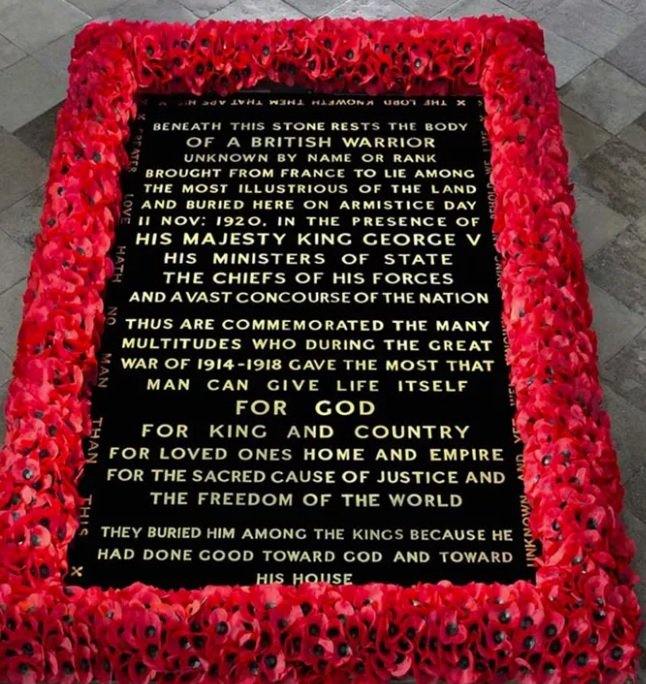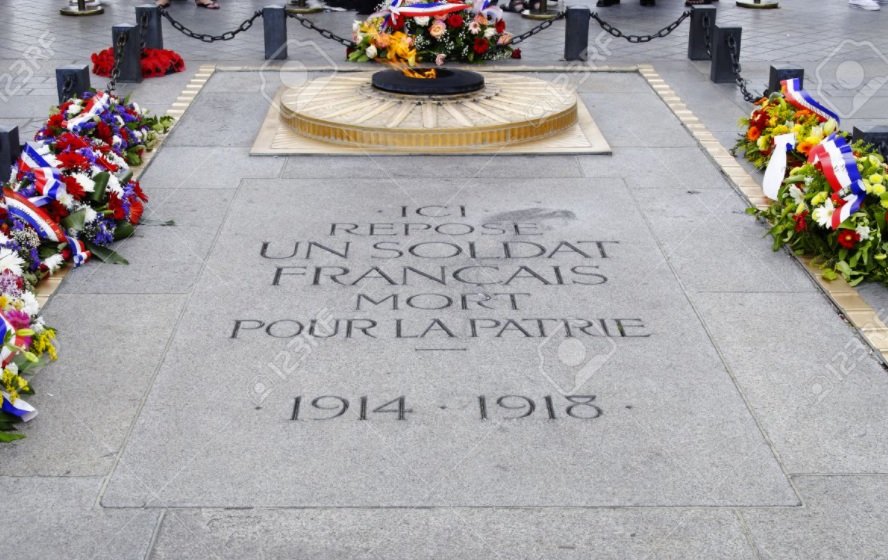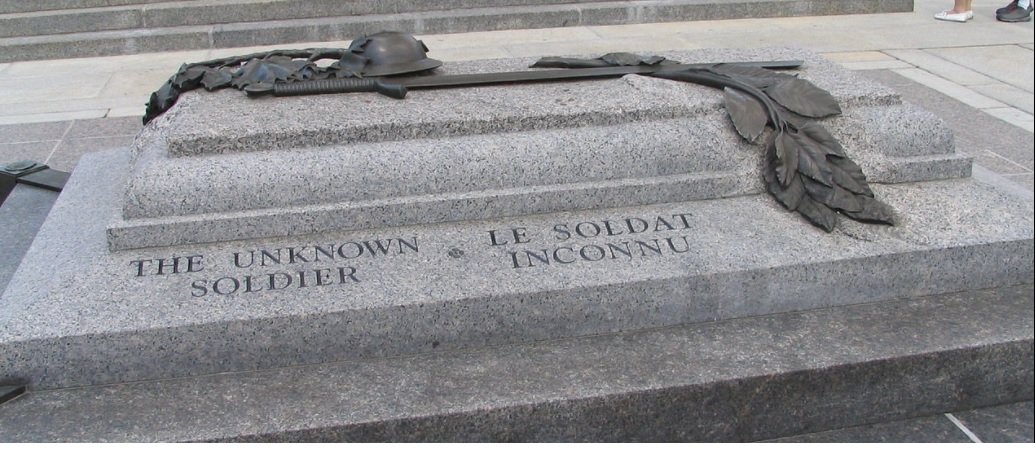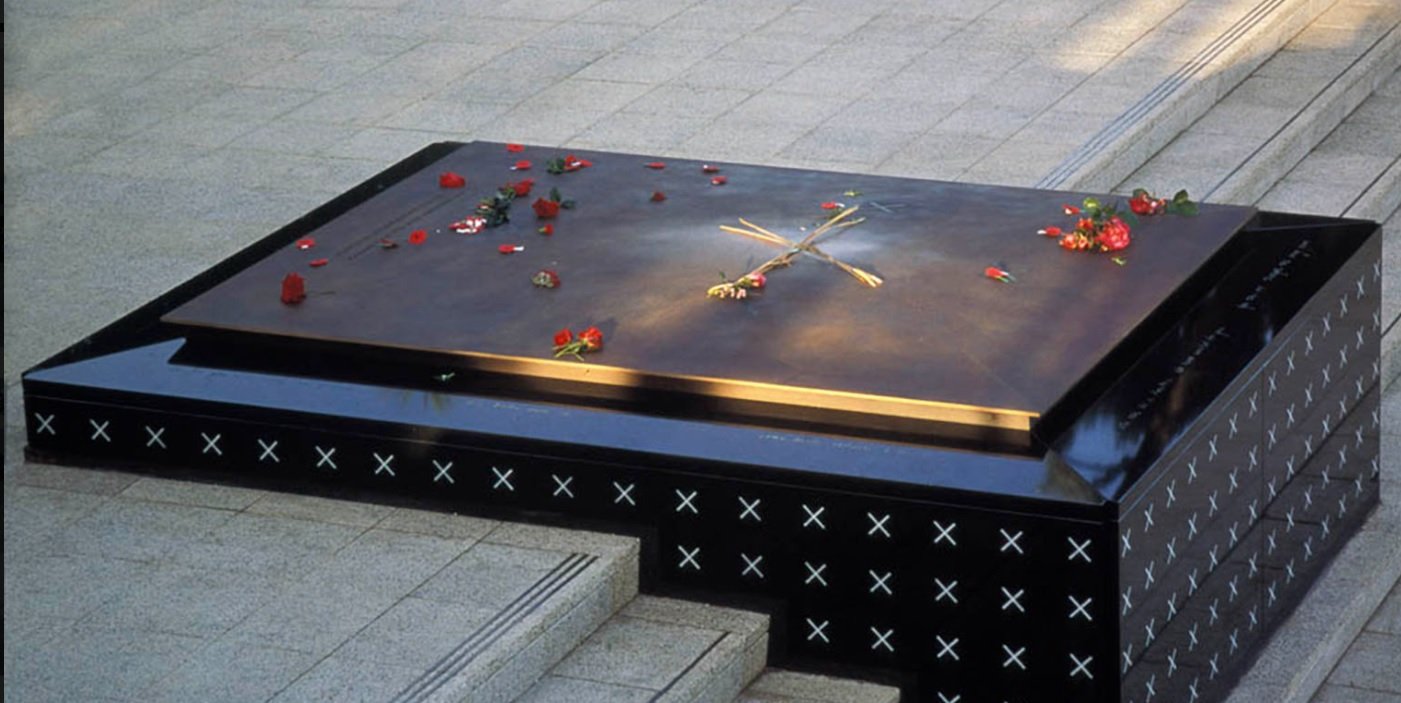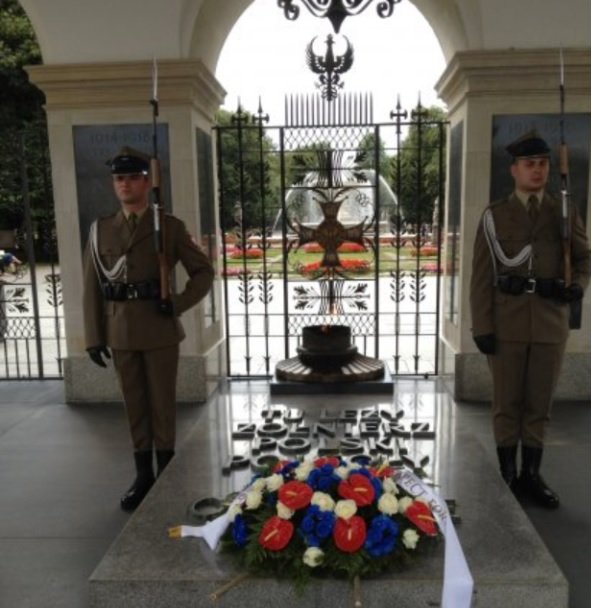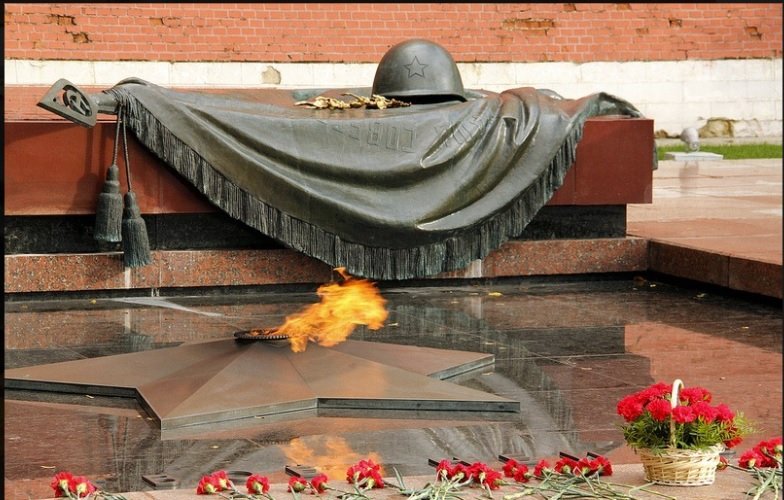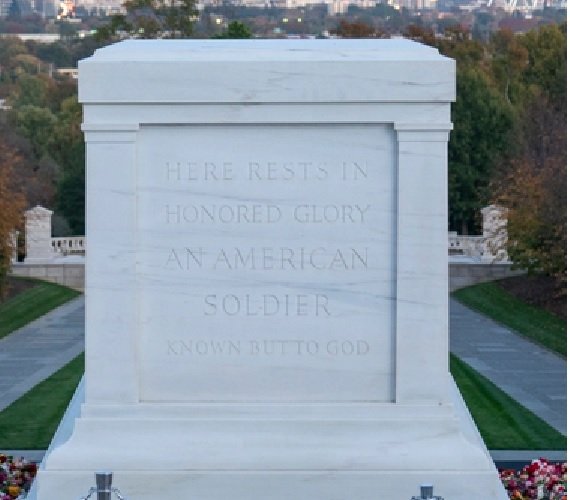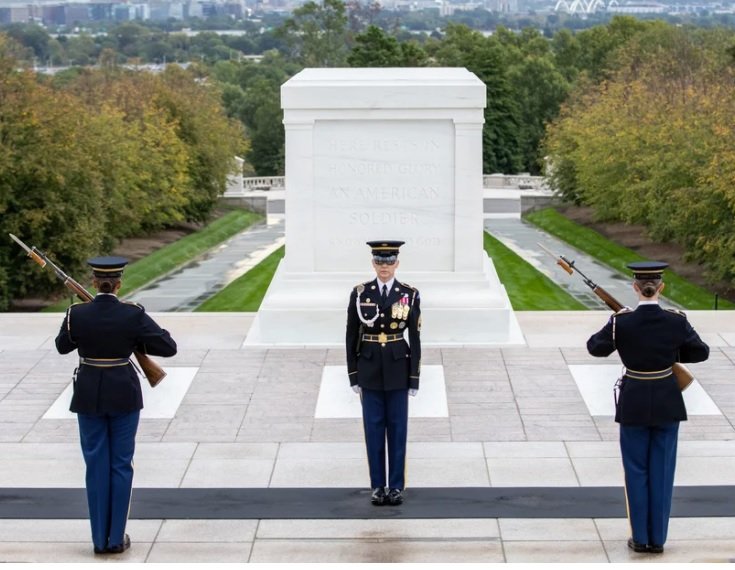The Tomb of the Unknown Soldier
Earlier this week was the 100th anniversary of when first soldier was laid to rest in the Tomb of the Unknown Soldier at Arlington Cemetery.
All wars throughout history have produced unidentifiable dead. They were typically buried in mass graves.
After World War I, the United States and other countries created Tombs of the Unknown soldiers to honor the sacrifices made by their military.
England and France
The horrors of World War I led France to create a formal memorial in honor of its war dead. One year after the end of World War I, on November 11, 1920, France interred an unknown soldier in ‘La tombe du soldat inconnu’ in the Arc De Triomphe in Paris. This memorial includes an eternal flame. Great Britain, which also experienced appalling casualties, joined with France on the same date, burying its unknown soldier in Westminster Abbey.
Other Nations
Other countries have Tombs for The Unknown Soldier to honor the sacrifices made by their soldiers. Here is a partial list:
Canada dedicated its War Monument in 1939, located in Ottawa.
New Zealand buried an unknown soldier in 2004 in Wellington.
Poland created its monument in 1925 in Warsaw. It was originally dedicated to both World War I and the Polish-Soviet War of 1920. Nazi Germany destroyed much of the grounds in 1944, but not the tomb itself.
Russia’s World War II casualties dwarf that of other countries – an estimated over 20 million civilian and military deaths. While most other countries dedicated their monuments after World War I, Russia’s, located at the Kremlin, was dedicated after World War II.
United States
Following the examples of France and England, the United States decided to create a similar tomb for its unknown dead soldiers. On November 11, 1921, three years after the end of World War I, and one year after France and England, an unknown soldier, retrieved from a grave in France, was buried in Arlington Cemetery. In his speech, President Harding honored the sacrifice of the soldiers and prayed for peace, that such sacrifices will never again be needed. Some excerpts from his speech:
“We are met today to pay the impersonal tribute. The name of him whose body lies before us took flight with his imperishable soul. We know not whence he came, but only that his death marks him with the everlasting glory of an American dying for his country...
President Warren G. Harding
Some mother gave him in her love and tenderness, and with him her most cherished hopes… He may have been a native or an adopted son; that matters little, because they glorified the same loyalty, they sacrificed alike…We do not know the eminence of his birth, but we do know the glory of his death. He died for his country, and greater devotion hath no man than this…
With all my heart, I wish we might say to the defenders who survive, to mothers who sorrow, to widows and children who mourn, that no such sacrifice shall be asked again.
I speak not as a pacifist fearing war, but as one who loves justice and hates war…
Click here for the full speech, well worth reading.
(You might be interested to know that the first-ever military disarmament treaty in history was signed during the Harding administration, The Washington Naval Treaty of 1922)
Final Note
CBS News broadcast a story of the anniversary, described as follows:
“This Veterans Day marks the 100-year anniversary of the first unknown soldier laid to rest in Arlington National Cemetery. Back in 1921, President Warren G. Harding delivered a famous speech, eulogizing the unknown soldier who died fighting in World War I. We revisit those words of our 29th president, recited by the sentinels who guard the tomb and hear what service and sacrifice means to them.”
Click here to view the story, I highly recommend it (The link goes to CBS’s Twitter Account, you may need to turn up the sound). The Tomb is guarded 24 hours per day and has been continuously guarded since 1937. The guards walk exactly 21 steps each way, referring to a 21-gun salute.
I was moved by the statement of one of the soldiers, starting around the 40-second mark:
“The first day I changed the guard was roughly four and a half months ago. And I honestly never been more scared in my life. As I stood in front of the door, one of my fellow staff sergeants came up to me and said, “The reason you’re nervous is because you care. So hold onto that.”
